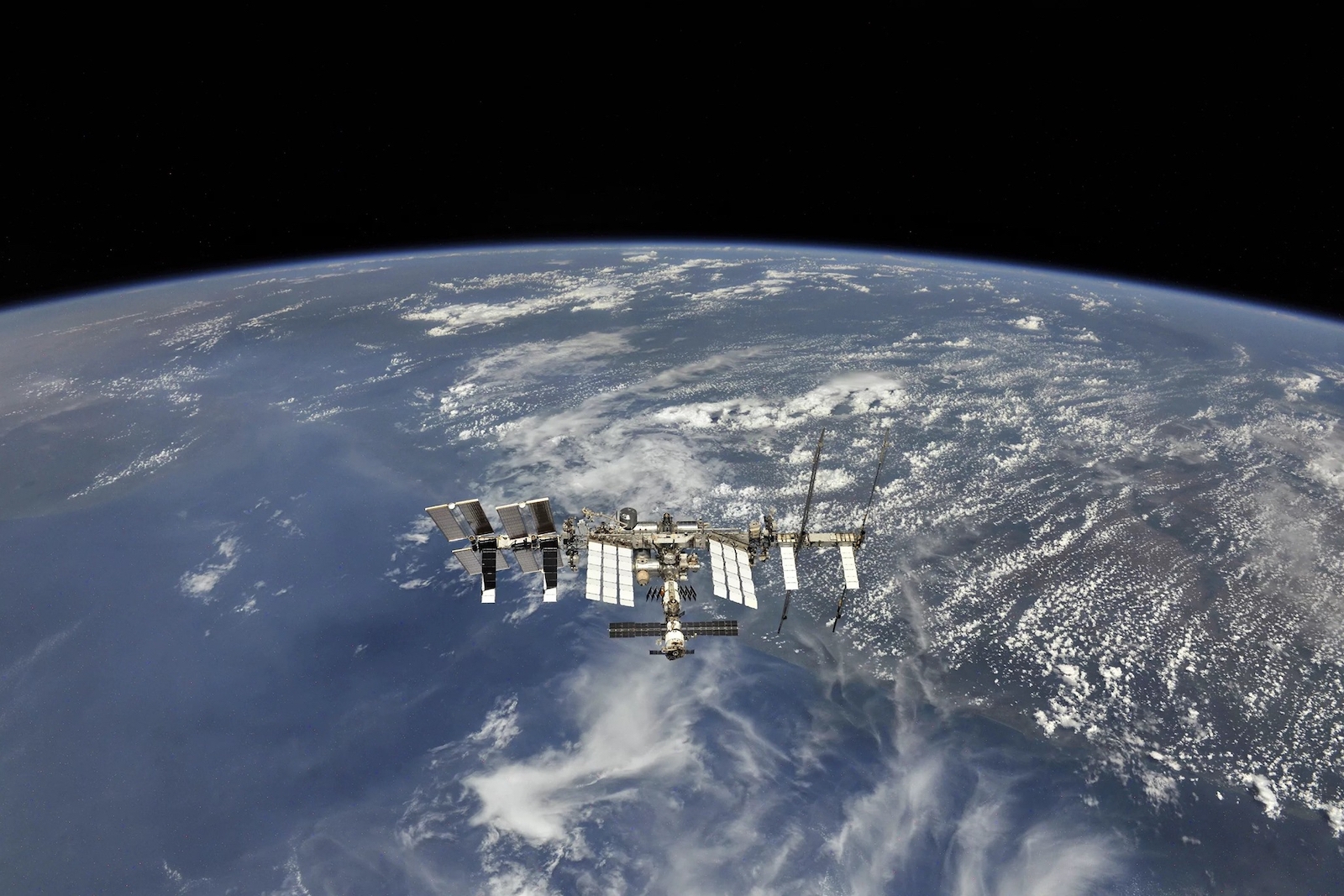
Tech
Space Junk is Getting Worse
In the infinite vastness of outer space, 14.5 meters is a distance aptly characterized as “minuscule.” That is how close a Chinese satellite came to colliding with a piece of Russian space junk last week, reports the Global Times.
China’s National Space Administration (CNSA) issued a warning last Tuesday cautioning of a highly probable impact between a Tsinghua satellite and Russian space debris purportedly created from a missile test. No collision occurred. However, in the last decade, there has been an increased frequency of close encounters for spacecraft orbiting in low Earth orbit.
Last November, there was an incident of debris from a 2007 Chinese anti-satellite weapons test which nearly crashed into the International Space Station. NASA maintains detailed surveillance on uncontrolled objects which remain in orbit. A routine altitude adjustment of the ISS was authorized. Since 1999, the station has completed 29 avoidance maneuvers, the risk of contact has reportedly more than doubled, and there is still no effective space junk monitoring system on board the International Space Station.
The previous April, SpaceX successfully launched four astronauts into orbit. Yet during their ascent, the crew was instructed to put on pressurized suits as a precautionary measure after the control center identified a “potential collision with an unidentified object.” There was no time for an avoidance maneuver.
Most of the low orbit debris is generated from anti-satellite missiles – a weapons deployment, sanctioned by a state government, intended to destroy outdated, and unused, spacecraft. Despite the benefits of reducing superfluous satellites, the explosions release thousands of smaller, yet equally damaging fragments, while providing an opportunity for states to flex their capacity in weapons technology.
Both China and Russia have faced international criticisms for their direct-ascent anti-satellite (ASAT) missile programs. Research conducted on a Chinese ASAT missile launched in 2007 projects nearly 80% of the remnants from the detonation will remain in the Earth’s atmosphere until at least 2108.
This issue affects every country’s space program. However, China could suffer relatively more from future impacts. The country plans to launch 320 operational satellites by 2025 to create a “low-Earth orbit constellation” to achieve Internet connectivity in space. There is a pressing need to develop international rules and norms governing proper space conduct.

